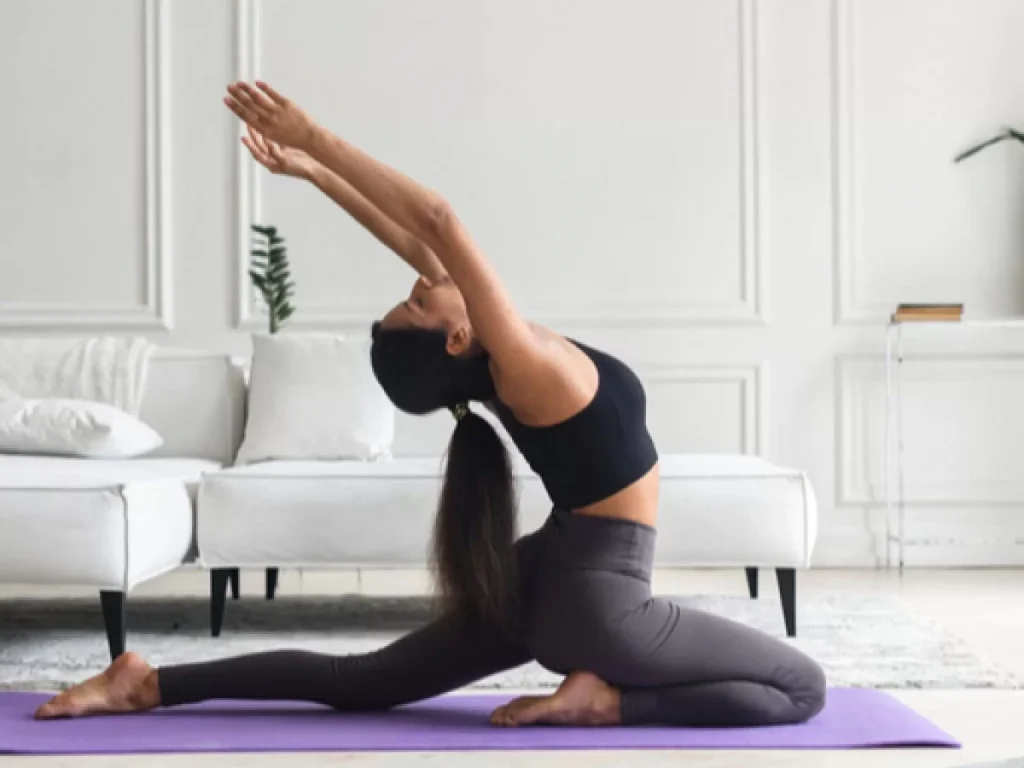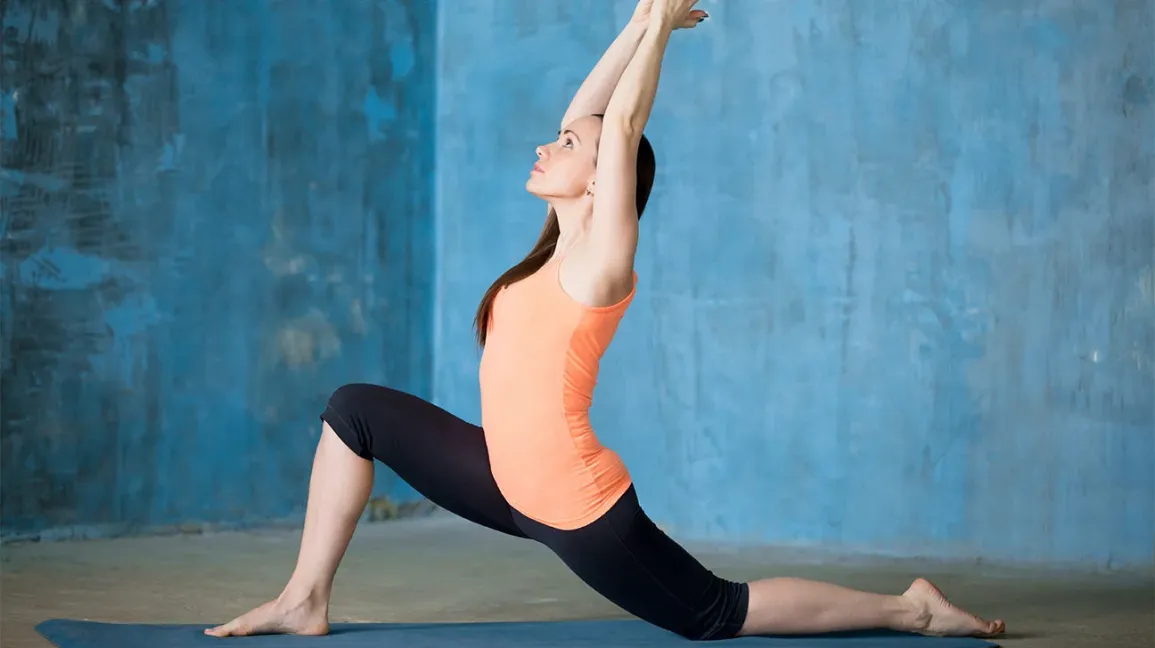The benefits of yoga practice have been greatly appreciated as these practices enhance one’s physical body and mental sanity. Among different benefits of performing yoga exercises, flexibility can be considered highly essential. Flexibility is essential and beneficial in shaping a healthy body that is without injury and it improves performance towards different physical and sportive activates. We will talk about the flexibility that yoga can offer in the next article and can even have some specifics on a few specific kinds of moves meant to focus exclusively on flexibility development.

Importance of Flexibility
Flexibility is the extent to which a particular joint is capable of bending. It allows us to move around nicely and conveniently through our daily doings. Let’s see how much flexibility is very important:
(1) Pre-occupation about injuries: A body will not easily get injured in case the joints and muscles are supple. The case is not the same when it is tight; they strain at times or torn off from exercise.
(2) Has a tendency of maintaining postures: As of fact, no one will ever find back pain other than another kind of posture. Its intention is to try to stretch the back other than some other joined parts.
(3)Improves Performance: Regardless of whether it is an athlete or a recreationist, it improves the performance and will allow one to move effortlessly and effectively.
(4)Reduces Pain: The tightening of the muscles causes pain and discomfort. This can be solved by stretching or improving flexibility for the reduction of such pain besides heightened comfort.
(5)Increased Blood Flow: It increases blood flow which provides your body with nutrients and oxygen for recovery and healthy muscles.
How Yoga Improves Flexibility
Yoga is an all-round body exercise involving postures of the body, breath control practices, and meditation. It significantly improves flexibility for the following reasons:
(1) Such stretches, with passage of time, tend to extend and relax taut muscles. Such holds call for the experience of mind-body relation.
(2) Yoga is mainly a mind-body relation. It is consciousness of breath and thoughtful movement, which helps in reaching as deep as one could for some stretches and letting go the tenseness of muscles.
(3) It has many poses, and all of them are supposed to conduct a different activity in the body. You could get tension in your hamstring, hips, shoulders, or even back; there is a pose that would just do that for you.
(4) Consistency: If you train regularly in doing yoga, you will eventually see an improvement in your flexibility. The more consistent you are with your practice, the better it will turn out.
(5) Individual Growth: You can stretch as tight as you desire to become more flexible. The tighter you can stretch, the more intense and longer you are going to stretch.
Flexibility Yoga Poses
These are a few of the best yoga poses for flexibility growth:
1. Downward-Facing Dog (Adho Mukha Svanasana)
Stretches hamstrings, calves, and shoulders; strengthens arms and legs
Begin on hands and knees.
- Lift hips up and back, lifting legs straight up so your body forms an inverted “V.”
- Push heels to ground, bring head to allow it to droop between arms.
- Hold for 5-10 breaths.
2. Cat-Cow Stretch (Marjaryasana-Bitilasana)
This fluid transition from one pose to another releases the spinal cord and muscles of the back to greater extensibility.
- Come onto hands and knees.
- Inhale arching back and the head and tailbone forward towards the ceiling: Cow Pose.
- Exhale round your back and tuck chin in to the chest, Cat Pose.
- Flow through posture for 5-10 breaths.
3. Seated Forward Bend
Stretches Hamstrings, lower back, and Calves
- Sit on floor with legs straight, extending out in front of you
- Inhale feeling the length of your spine as your arms extend upward
- Breathe out, fold forward at hips or reach for toes or shins.
- Hold, breathe 5-10 breaths
4. Butterfly (Baddha Konasana)
Taps inner thigh, hips, groin.
- Sit on floor, sit with feet together, open your knees very wide.
- Using arms reach for your ankles, then bring your knees respectfully to the floor.
- Hold 5-10 breaths
5. Pigeon Pose (Eka Pada Rajakapotasana)
Activates hips, glutes, lower back
- Enter the table top by placing hands under shoulders and onto knees.
- Bring right knee forward, then back behind your right wrist.
- Bring left leg straight back behind you, lowering hips toward the floor.
- Hold for 5-10 breaths and turn over to the other side.
6. Child’s Pose (Balasana)
This sweet stretch opens the hips, thighs, and ankles to relaxation.
- Sit down onto your heels; big toes are touching and your knees are wide apart.
- Extend your arms out in front of you, laying your forehead down on the ground.
- Hold for 5-10 breaths
Tips for Yoga Flexibility
- Warm Up: Before taking your yoga, he needs to warm up his body. It could be a stretch which is simple cardio to pump blood into muscles.
- Do not Over-stretch Your Self: Do not over-stretch yourself at any cost. Stretch till you feel a little uncomfortable and not aches.
- Always stretch your mind upon breathing and stretch deeper while, taking the breadth in further deep to a length; and also when exhaling do it deeper than an open structure.
- Be regular: Right practice is the way through which all the benefits it has can come to you only. You feel the difference to be between 10-15 minutes in one day while exercising.
- Use Props: You can use blocks, straps, or bolsters as a prop to support you during your yoga exercise for proper alignment and deeper stretch if needed.
Conclusion
Yoga is very powerful as a tool for improving flexibility and, in general, the improvement of physical health. You will begin to feel all that impressive advantage from pain relief and good posture and performance in the everyday practice itself. Just be patient, listen to your body, and enjoy the ride.
